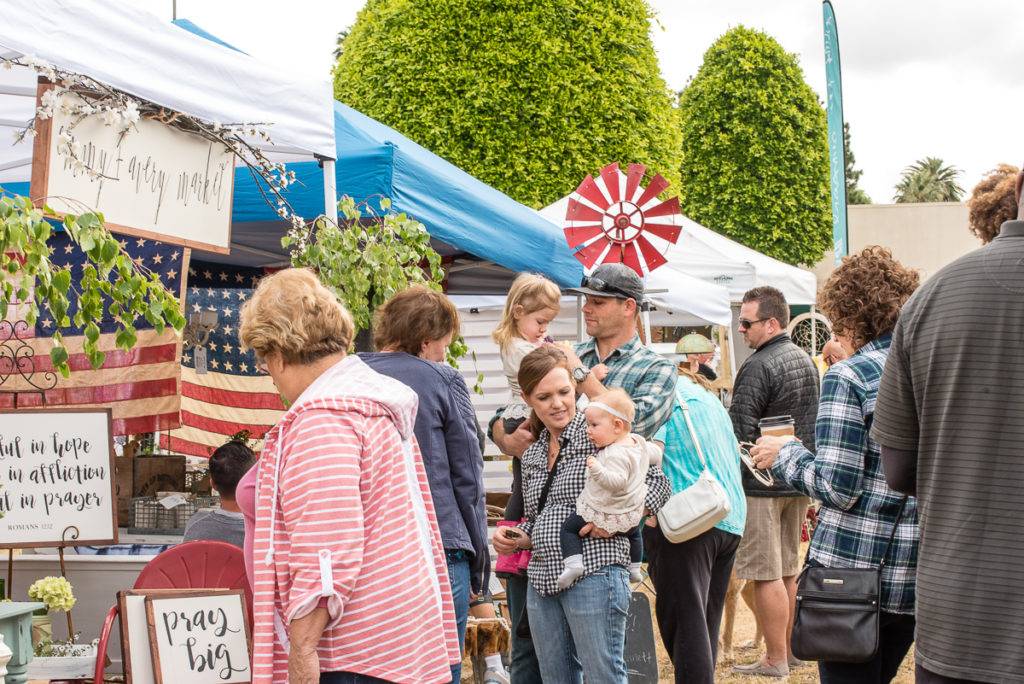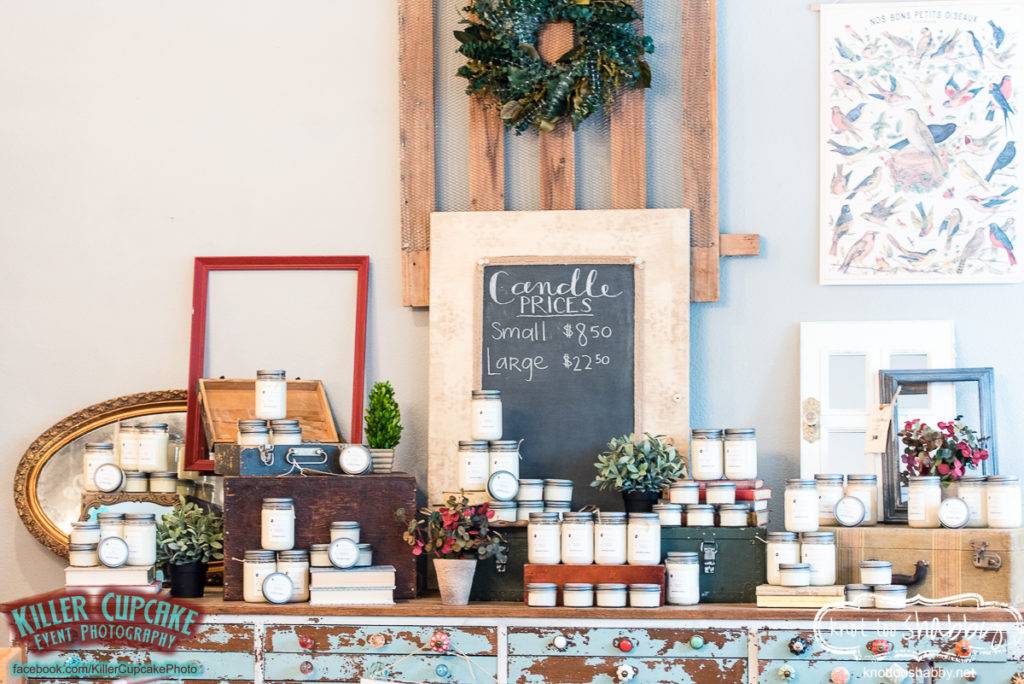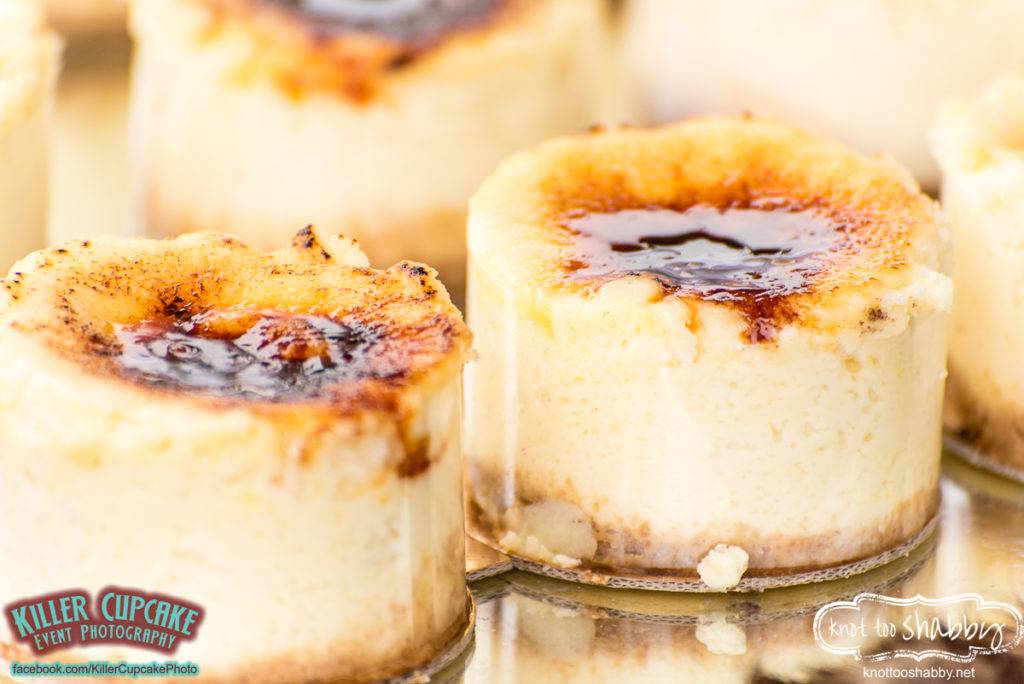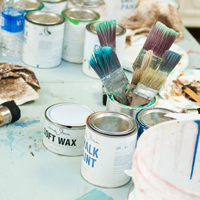The Five Senses in retail go far beyond the immediate gratification of online shopping…that ability to simply check off a box on your itemized shopping list. Brick and mortar retailers much like myself are having to dig deep to figure out how to engage shoppers in a world where Amazon, Wal Mart, Overtstock…you name it…are vying for our consumers with discount prices and free shipping. Don’t get me wrong, I’m an avid Amazon shopper and love that I don’t have to step foot in a store to make my daily purchases. Yet Amazon and Target and all of those other big box stores will never replace that special feeling you get when you shop small.
As the knot too shabby BAZAAR quickly approaches (April 7, 2018), our three dozen vendors are preparing with amazing product and beautiful displays. And, while their products truly speak for themselves, the ability to harnass consumer dollars lies largely in how well they engage their customers through our senses. So, here’s my breakdown of some tips and strategies to enhance those amazing booth displays and to generate increased revenues at your shows.
SIGHT
What they see when they walk your space is the most obvious of the senses to engage. If you are new to visual merchandising, it’s a great idea to set up your booth space in advance to get a feel for how everything looks. Use your space wisely, but also make sure that you have enough empty space to allow your product to breathe and the eyes to focus. Once your booth is set up, take a photograph of the space from different angles. Try to see it from the perspective of your customer and set it up accordingly, keeping in mind that their first view of it will be from at an angle and not directly from the front.

Curating your booth is also a key component to appealing to your local audience. For example, if you sell jewelry, displaying it in a fashion that appeals to the show demographic and style of the hosted event will bring about a wider appeal to the audience. A display for a show in Hollywood or Los Angeles will have a largely different type of audience than what we can expect in Glendora. So, tailor your booth appropriately even if you sell the exact same items from one show to another.
TOUCH
According to a consumer experience research study, 65% of consumers stated that they want to see, touch and feel products in person before committing to a purchase. It’s why I leave the lids on the candles. The action of picking up a candle and slowly removing the lid gives a sense of ownership to the consumer and allows them to feel emotionally connected. Touch is also why I un-package and remove all of the wrap from our paint brushes. Plastic doesn’t feel good to touch and neglects to give a sense of the softness of the bristles. But, being able to run your fingers through the thick natural bristles of an imported paint brush adds value and affirms our sales pitch.
Think it’s all hogwash? Studies, time and again have proven that the more you touch products, the more you are willing to spend. Case in point, when you display your booth items, do so in a way that allows people to engage. If you sell predominately “hard” items like wood signs, try to incorporate softer items that are easier to touch. Similarly, if you have large items, try to also provide smaller samples that are more touchable. If your product is pre-packaged, consider unpacking several items that customers can handle.

SMELL
There is a reason that In ‘n Out and Disneyland pump out the smells of their food items far outside the walls of their establishment. And, I’m sure many of you have taken a deep breath the minute before stepping foot in a thrift store. Both of those examples create a visceral reaction, whether you realize it or not. We can all relate to the sense we get when getting into someone else’s car or walking through their front door. There is a distinctive smell associated with that person whether good or bad.
The same can be said for your small retail space. Incorporate homey smells so people linger longer in your booth. Candles, sachets or live flowers all give a soft and subtle scent. Make sure your items are clean. If you resell thrifted or found vintage pieces, clean them well so they don’t carry with them the scent of Grandma’s closet or the local thrift shop.

SOUND
I can spend hours working in the shop in complete silence. The minute someone walks through the door, I’ve never been more aware of how quiet it is. I would argue that sound is nearly as important as sight in the retail experience. Incorporating music allows people to get lost in the space and what they are seeing. Sound can get people relaxed or excited. It can make people feel nostalgic or it can set them off. If you have a speaker and playlist, bring it with you and play some nice music in your booth. But, choose your music wisely and don’t infringe on someone else’s space and retail experience.
TASTE
Taste (and smell) are easy if you work with food. But, most of us selling in local markets aren’t in the food industry so incorporating taste in the experience may be a bit trickier. At the shop, I keep a candy jar stocked for people to enjoy. I also have a free coffee station and occasionally on the weekends will bring cookies and or donuts. A simple candy dish goes a long way.

As you spend the next few weeks finessing your product line and displays, be intentional while you are out and about shopping. Whether it is at the grocery store, the bargain shop or a small business, take note of how those businesses are utilizing the senses to engage their shoppers. When you pay attention to the world around you, you’ll learn loads about what to do (and what not to do).
I’d love to hear about your ideas and successful ways that you have managed to create a sense-driven experience (I originally wrote sensual experience, but that invoked the wrong emotion).


